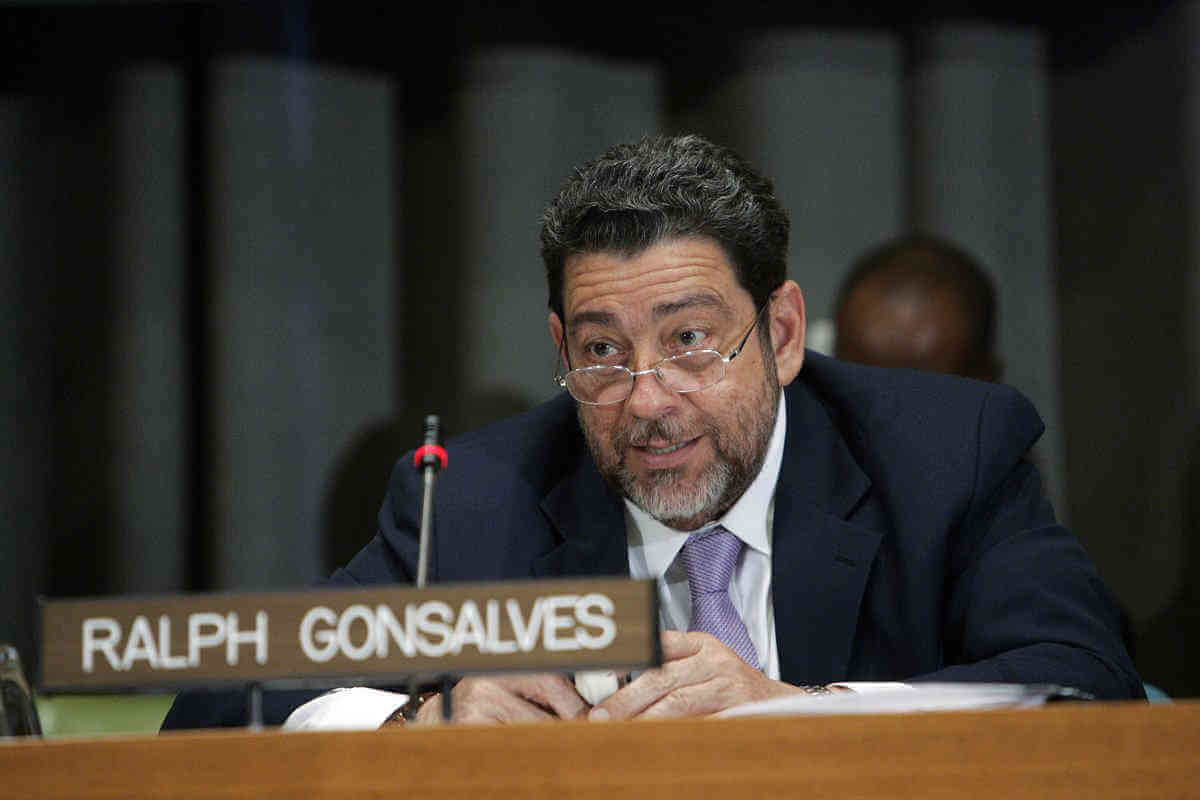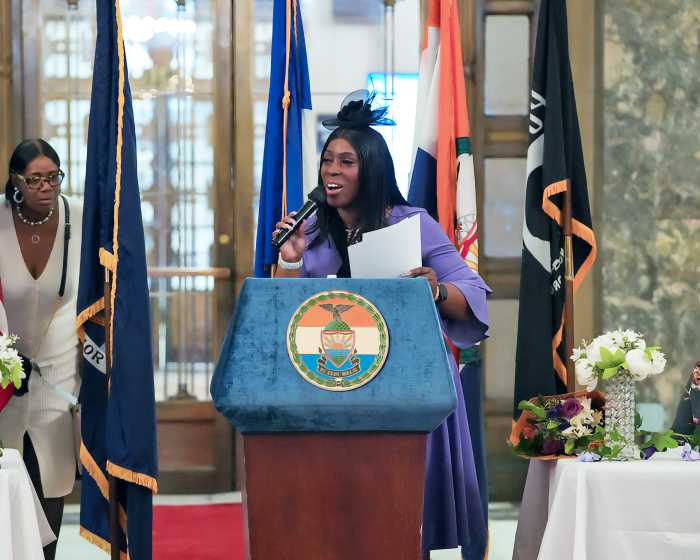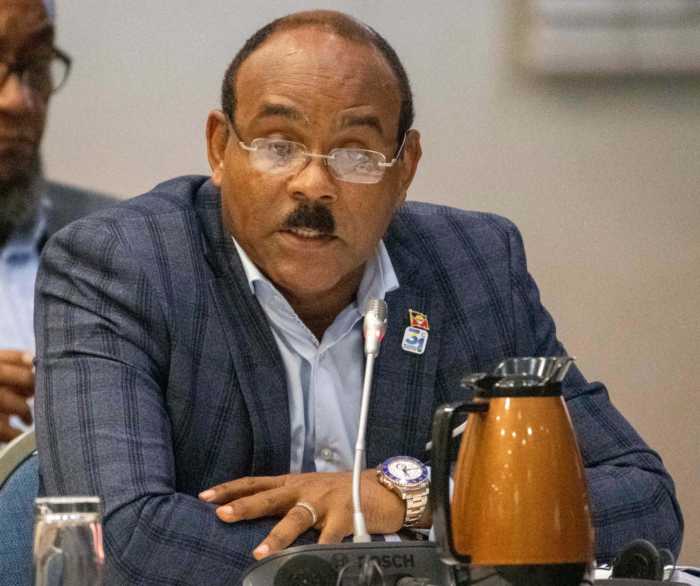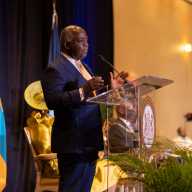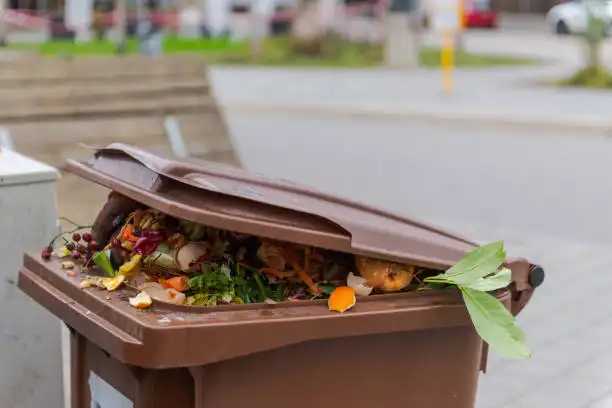As if St. Vincent and the Grenadines, like the rest of the world, hasn’t had enough issues dealing with the COVID-19 pandemic and its socio-economic repercussions, the entire country was put on alert on Tuesday with increased seismic activity at La Soufriere volcano.
The Dr. Ralph E. Gonsalves-led Government in St. Vincent and the Grenadines has raised the La Soufriere Volcano Hazard Alert Level to orange “due to an effusive eruption at the volcano.”
According to Vincentian-born Prof. Richard Robertson, of the Seismic Research Centre (SRC), University of the West Indies St. Augustine Campus in Trinidad and Tobago, there was an effusive eruption at the La Soufriere Volcano, which means that magma is coming out of the volcano quietly.
Professor Robertson also stated that a new dome is also growing nearby, according to a St. Vincent and the Grenadines Government statement.
It said the Orange Alert level means that “highly elevated level of seismicity or fumarolic activity or both or other highly unusual activities are ongoing.
“Persons living in areas close to the volcano, which include all the communities from Fancy to Georgetown and from Belle Isle to Richmond, are asked to remain alert and listen to all advisories from the National Emergency Management Organization (NEMO),” the statement said.
The National Emergency Council, chaired by Prime Minister Gonsalves, met on Tuesday “to decide on the course of action that should be followed to ensure the safety of residents,” the statement said.
It said the Executive Committee of NEMO, which comprises of technical officers from the various government departments, private sectors and the non-governmental organizations were expected to meet on Wednesday “to activate plans to protect lives in the event that the level of seismicity increases and evacuation becomes necessary.
“The National Emergency Management Organization wishes to inform the public that no evacuation order or notice has been given,” the statement said.
“The public is also reminded that, at this time, the La Soufriere Volcano is off limits, and is now closed to the general public due to the dangerous emissions and the serious threat that rapid change at the crater can pose,” it added.
SRC’s volcanologists Dr. Erouscille Pat Joseph and Prof. Robertson joined Gonsalves on Tuesday in a live broadcast in providing updates on the La Soufriere volcanic activity.
“This is what we call an effusive eruption going on at Soufriere, which essentially means magma is coming slowly out of the earth and building a dome,” Prof. Robertson said.
The alert level associated with La Soufriere volcano was on Tuesday raised from yellow to orange, the third highest on the four-color scheme, as the volcano entered an effusive eruption stage, according to the Caribbean Media Corporation (CMC).
“This means that magma is oozing from the volcano and is distinct from the explosive eruption, such as that of 1979, although one could follow the other,” CMC said.
“What is happening now is a serious thing,” Robertson said. The volcano is erupting.
“We are trying to make sure you have whatever the time you need to move people out of harm’s way, whether it is 48 hours, 24 hours, whatever time that is,” he added. “We want to be in a position to give you that, and we will try as hard as we can to do that.”
Robertson – whose SRC team could be in St. Vincent and the Grenadines with additional equipment to further monitor the volcano, as soon as Wednesday evening – warned Vincentians: “I think you have to prepare for a rocky road for the next couple of months, unfortunately.
“Prime minister, I think St. Vincent dodge COVID, but I am not sure you are dodging the volcano, unfortunately,” Robertson said.
SRC says on its web site that La Soufrière is “the youngest volcanic center on St. Vincent.
“It occupies the northernmost third of the island and is considered to be the only volcano that is likely to erupt in the future,” it says, adding that the Soufrière volcano has displayed two distinct types of eruptions in the past: Explosive and nonexplosive or effusive eruptions.
SRC says explosive eruptions are “the typical ‘Soufrière’ eruptions.
“They are highly explosive magmatic eruptions usually preceded by frequent, strong earthquakes,” it says. “Rapid rates of production result in the ejection of large volumes of new material in ashfalls from eruption columns and as pyroclastic flows and surges. This type of activity is exemplified by the 1902-03 and 1979 eruptions.”
SRC says nonexplosive or effusive eruptions are “effusive, unaccompanied by earthquakes”, and involve smaller volumes of new material.
Nonexplosive or effusive eruptions are “exemplified by the 1971-72 eruption” of La Soufrière, SRC says.
“A cyclical pattern of eruptive activity during the past 250 years with alternate explosive and effusive eruptions has been suggested for the volcano,” it adds.


